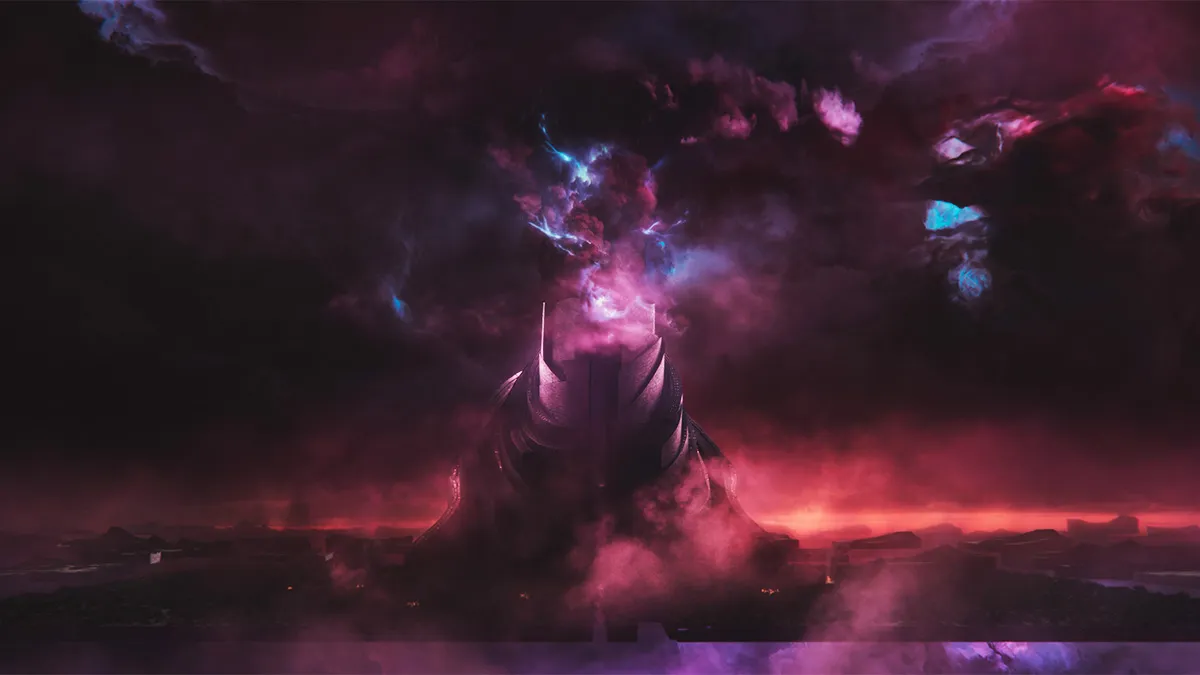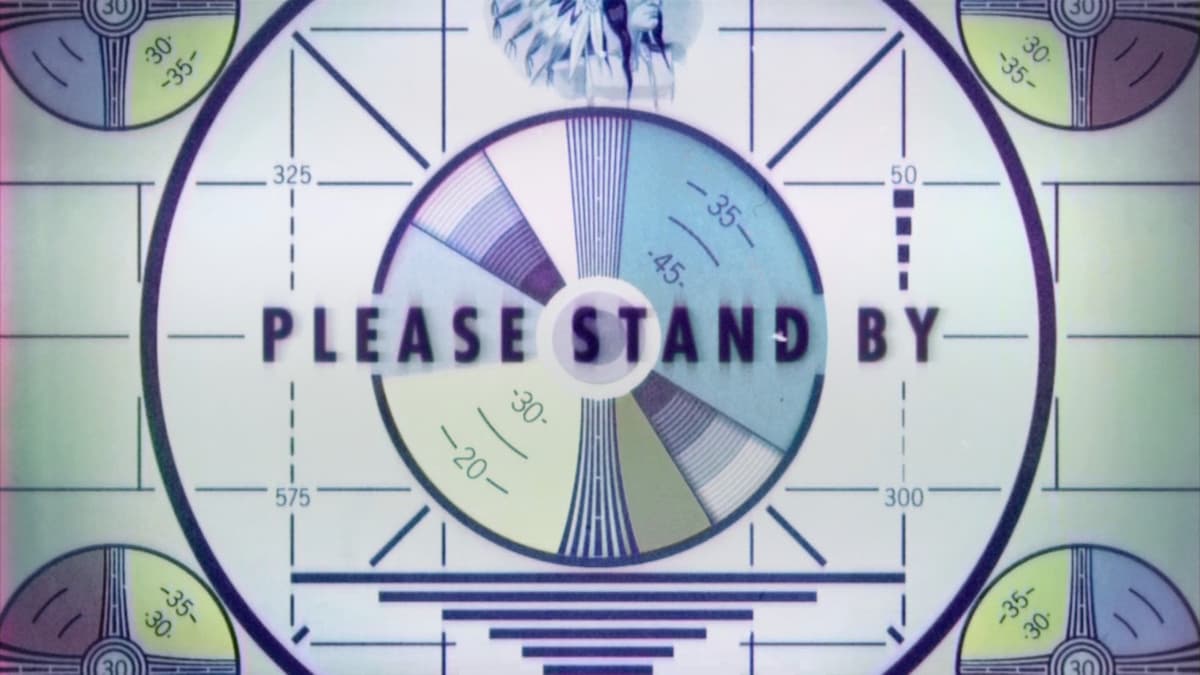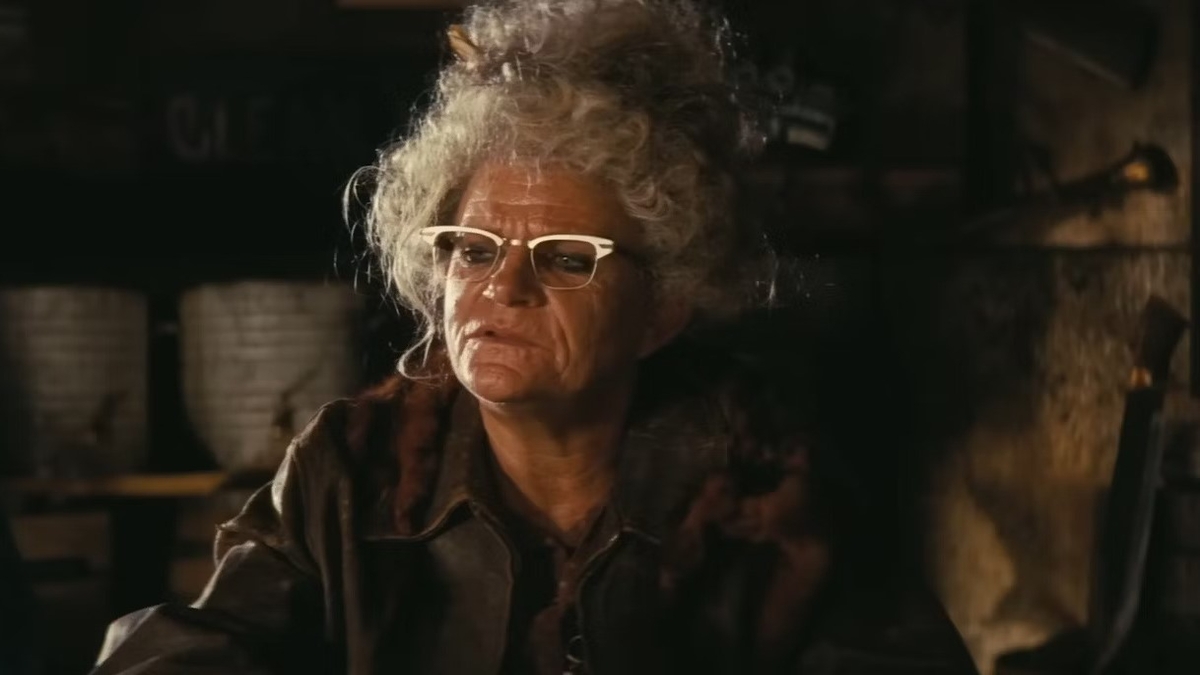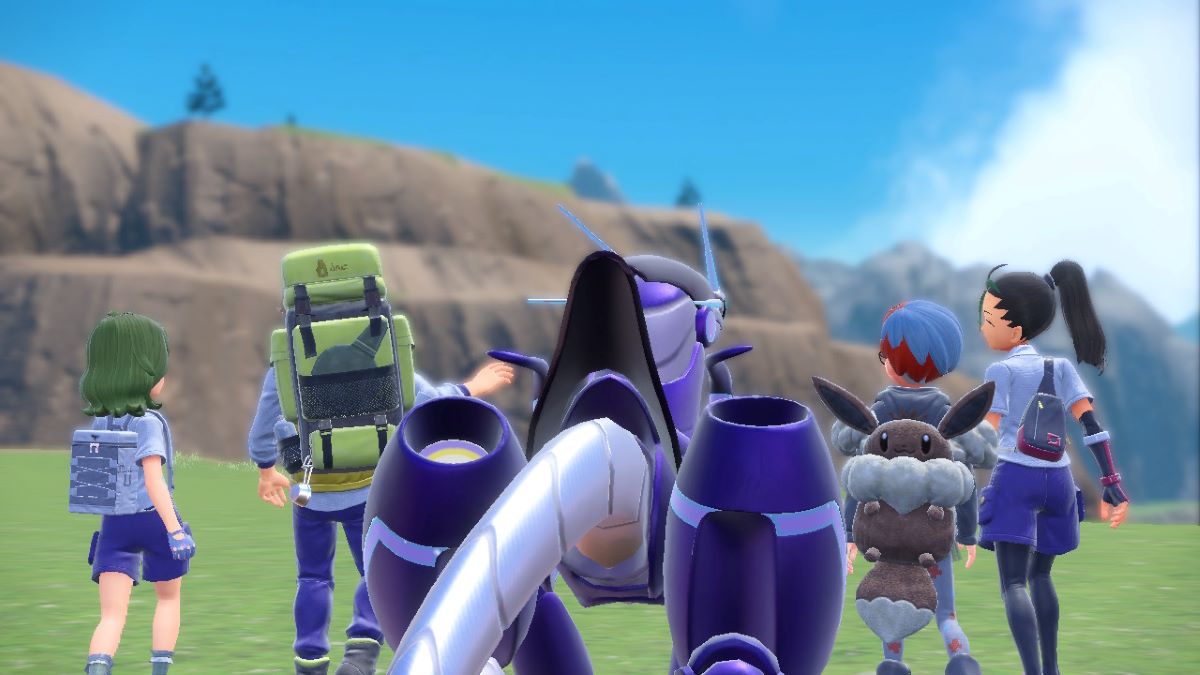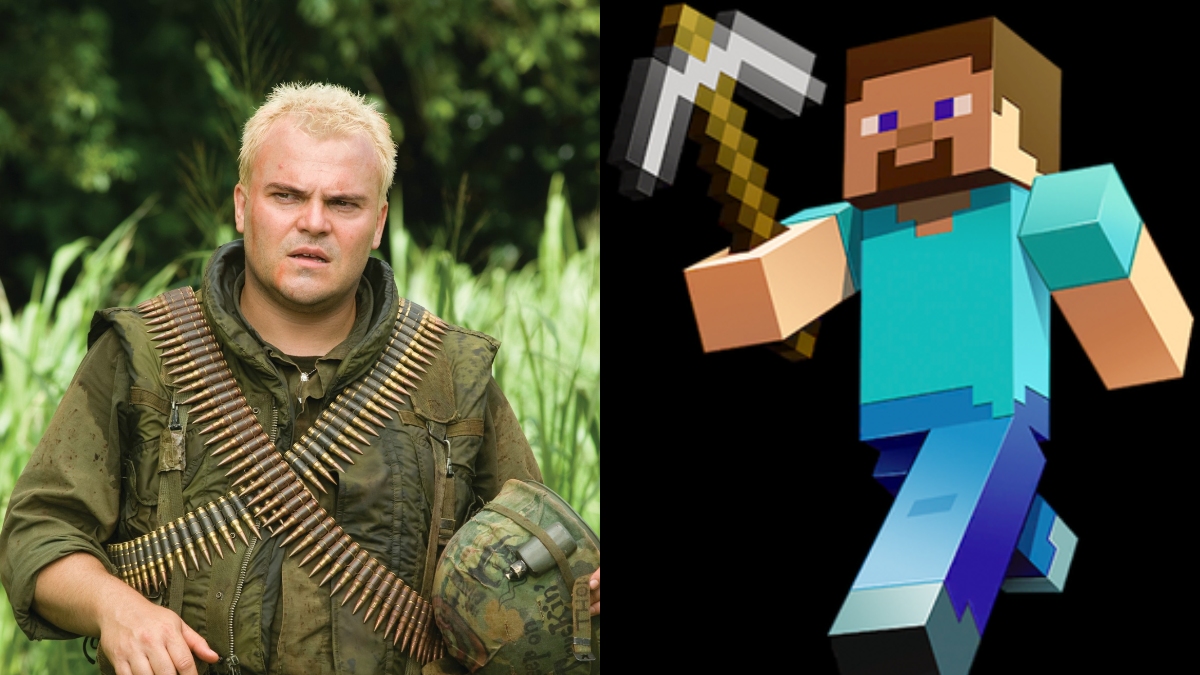Two years ago, indie game developer The Chinese Room (originally thechineseroom) released a free Source engine mod in June 2008. It was remade in 2009 and 2011 for commercial release in February 2012 and called Dear Esther. The game was a step away from traditional video game conventions, with little player interaction required aside from movement. Told in fragments of epistolary narrative, the player explores an unnamed, abandoned island in the Hebrides.
The title was a divisive one, and had players (such YouTuber TotalBiscuit) calling it out for pretentiousness and “not a game” while others considered it “a masterpiece.”
Fast-forward to today, when The Chinese Room has just finished releasing Amnesia: Machine For Pigs, their newest game published by the original developer of Amnesia: The Dark Descent, Frictional Games. And in spite of working on a completely different title to Dear Esther… they haven’t really seemed to have changed their style much.
The Chinese Room’s director and composer, Jessica Curry, has a few things to say about the different kind of video game they’re trying to create:
“We’re often asked at The Chinese Room whether we’re anti-games, or whether we’re trying to deliberately subvert the medium. …
This question rests on the idea that games are purely driven by mechanics and goals, and this seems laughably outdated as a concept. Why do we feel the need to classify and name and label before we can enjoy something? Do I need to know whether or not Bach sits in the classical canon before I can appreciate his incredible music? For me, the key is whether it’s an engaging experience (or not).”
In some ways, she does have a point. There is room in video gaming to be different, and while Dear Esther had its detractors, it most certainly garnered plenty of praise, launching The Chinese Room as a studio in its own right.
At the same time, she also appears to be missing the points being made by reviewers.
“We have been accused of trying to destroy the very foundation of gaming and I oscillate between feeling hugely amused and utterly depressed by these claims. A Machine For Pigs was criticised for its removal of mechanics but very little thought was given to the question of whether or why this made it a less successful experience. The writing, music, sound, levels of immersion and psychological depth were all praised to the hilt but then in lots of the reviews we were heavily penalised for the removal of the mechanics that featured in the original game. Why was that a problem? Well…it just was because, games, y’know, should have, like, mechanics. Duh!”
Being different is not a crime, and making a different game is not one either. At the same time, no, the answer is not “because, games, y’know, should have, like, mechanics.” That simplifies the criticism that they receive, and dismisses it at the same time.
What The Chinese Room did for Dear Esther worked. It was something new, it was something different, and it was something entirely its own. No one has a problem with the existence of interactive fiction, whether they take issue with calling it a video game or not.
The problem is that The Chinese Room took a long-beloved game, with game mechanics and a large core of fans, and then ripped the playability out of it in order to make a sequel. While I was never a fan of the The Dark Descent myself, while I was playing I was in charge, I could make choices, I could participate and explore. In Machine for Pigs, you watch. You walk through the corridor, you listen, you walk more.
This is not exactly the Amnesia you know.
I take no issue with The Chinese Room making the type of games that they do. I think that they make masterful work with sound and imagery, and as can be seen from Machine for Pigs, they know exactly how to keep you on edge and layer on the psychological terror. I would be happy to see more from them, and I’m sure that I will see more from them.
But what I do not like to see is their interactive fiction marketed out as the same kind of video game as The Dark Descent, and then watch the studio cry foul when people call them out for what it’s not.

